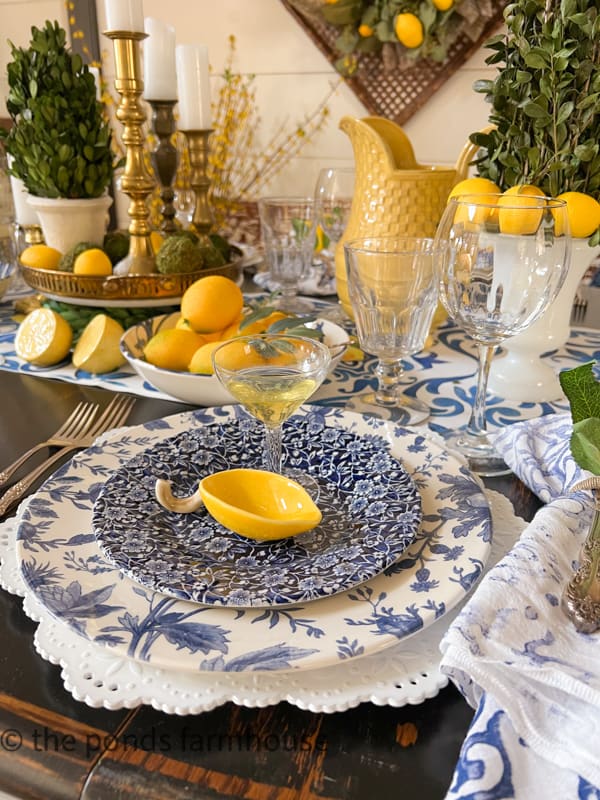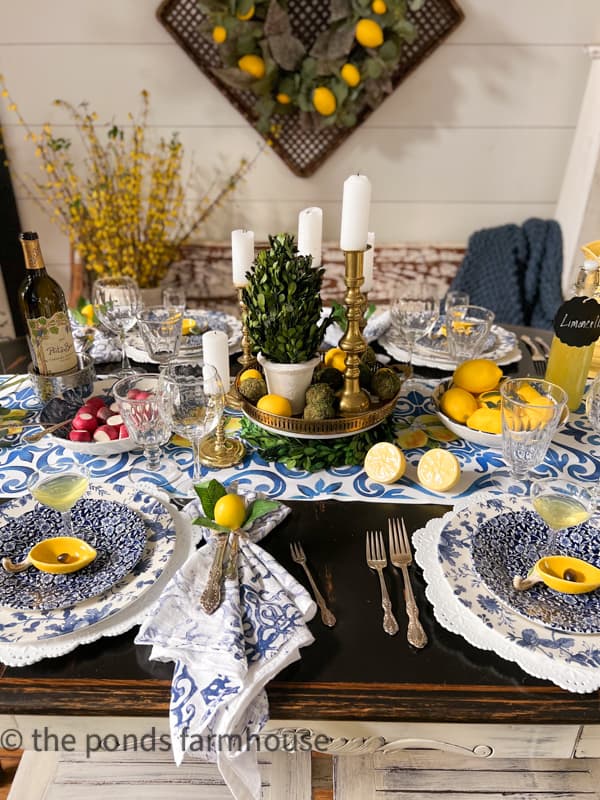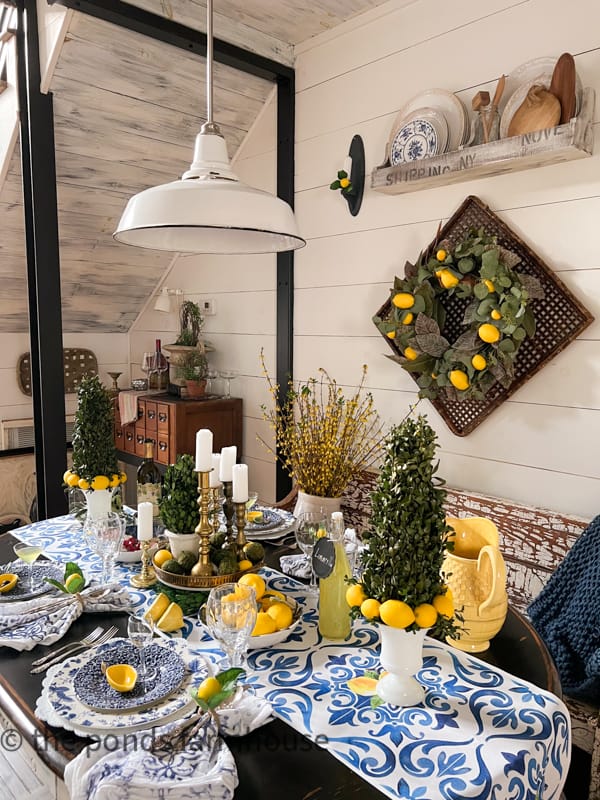Ah, Italy! A land rich in art, culture, and, of course, exquisite cuisine. When it comes to dining, the Italians have mastered the art of creating an atmosphere that is both inviting and elegant. In this article, we will explore various aspects of Italian table decorations, sharing tips from my personal experiences and insights to help you create a stunning dining setup.
Understanding Italian Table Decor
Italian table decorations go beyond mere aesthetics; they reflect a philosophy of enjoying the moment. From family gatherings to formal dinners, the way a table is set can transform a meal into an experience. Here’s what you need to know about the fundamentals of Italian table decor.
The Elements of Italian Table Decorations
- Color Palette: Warm tones, earthy hues, and vibrant shades are common in Italian decor.
- Textiles: Linen tablecloths and cotton napkins add texture and elegance.
- Candles: Soft lighting through candles creates a cozy ambiance.
- Centerpieces: Florals, fruits, or themed decor might set the mood.
- Dining Ware: Beautiful ceramic plates, glassware, and utensils enhance the visual appeal.

Personal Experience: My First Italian Dinner Party
During my first attempt at hosting an Italian dinner party, I was determined to capture the essence of Italian dining culture. I carefully selected a rustic red and white checkered tablecloth, hand-painted ceramic dishes, and fresh wildflowers from my garden. The result? A gathering that felt authentically Italian, complete with laughter, delightful conversation, and, of course, delicious food!

Key Components of a Beautiful Italian Table Setting
Creating a captivating Italian table setting involves paying attention to every detail. Here’s a breakdown of essential components:

1. Tablecloths and Linens
Choosing the right tablecloth sets the tone for the entire meal. Traditionally, Italians opt for:

- Checked Patterns: Often seen in trattorias, these patterns evoke a rustic charm.
- Solid Colors: Rich reds, deep greens, or earthy browns create an elegant backdrop.
2. Dinnerware

Italian ceramics are renowned for their artistry. When selecting dinnerware, consider:
- Hand-painted Plates: These add a personal touch and showcase craftsmanship.
- Glassware: Crystal or colored glass can elevate any table setting.

3. Flatware and Utensils
Elegant flatware is a must in Italian dining. The general rule is:

| Type | Description | Material |
|---|---|---|
| Forks | Standard forks with elegant designs. | Stainless Steel |
| Spoons | Soup spoons with a polished finish. | Stainless Steel |
| Knives | Razor sharp with intricate handle details. | Stainless Steel |
4. Centerpieces
Centerpieces can draw attention and stimulate conversation. Consider some popular options:
- Fresh Flowers: Seasonal blooms in vibrant colors.
- Fruits: A bowl of fresh fruits represents abundance and vitality.
- Candles: Arranged in varying heights to create a striking visual effect.
Note:
Keep your centerpieces low to encourage conversation across the table.
Creating a Themed Italian Table Setting
To elevate your dining experience, consider creating a themed Italian table setting. This adds an element of fun and can transport your guests to Italy with every detail.
1. Rustic Italian Theme
This theme draws inspiration from the Tuscan countryside. Key features include:
- Use of terracotta dishes and glassware.
- Natural elements like olive branches or rosemary sprigs for centerpieces.
- Warm lighting through candle holders.
2. Coastal Italian Theme
With influences from regions like Amalfi, the coastal theme showcases:
- Light navy and white color schemes.
- Seafood-inspired centerpieces like shells and nautical motifs.
- Fresh herbs like basil or parsley scattered across the table.
3. Festive Italian Theme
Perfect for celebrations, this theme is vibrant and lively:
- Bright colors like red, green, and gold.
- Festive decorations such as balloons or streamers.
- Traditional Italian desserts displayed beautifully.
Incorporating Italian Culture into Table Decor
Incorporating elements of Italian culture into your table decor can make the dining experience even more authentic. Here are some ways to do this:
1. Music and Atmosphere
Creating a lively atmosphere is as important as the visual setup. Consider:
- Playing traditional Italian music or opera in the background.
- Using warm, inviting lights rather than bright overhead lighting.
2. The Italian Way of Dining
The Italian dining tradition involves multiple courses. Here’s how to set up:
- Start with antipasti (appetizers) served on beautiful platters.
- Follow with a pasta course, elegantly plated.
- Finish with a meat/vegetable dish and, of course, a dessert!
Pro Tip:
Encourage guests to take their time and savor each course, enhancing the Italian dining experience.
Pros and Cons of Italian Table Decorations
| Pros | Cons |
|---|---|
| Creates an inviting atmosphere. | Can be costly depending on materials used. |
| Reflects a rich cultural heritage. | Requires attention to detail and planning. |
| Encourages guests to engage and connect. | May need frequent updates to maintain freshness. |
Frequently Asked Questions (FAQs)
What are the common colors used in Italian table decorations?
The most common colors in Italian dining decor include warm reds, earthy greens, and vibrant yellows, reminiscent of Italy’s picturesque landscapes.
How do I make a simple Italian table decoration?
Start with a tablecloth, add simple dinnerware, fresh flowers or fruits as a centerpiece, and don’t forget the candles for atmosphere!
What types of flowers are best for Italian table settings?
Common choices include sunflowers, roses, and wildflowers. They add a rustic yet elegant charm.
Are there specific utensils needed for an Italian table setting?
While standard cutlery works, it’s recommended to have a fish fork and knife if you’re serving seafood dishes.
How can I enhance the ambiance of my Italian dining experience?
Utilize warm lighting, play soft Italian music, and choose decorative elements that resonate with Italian culture.
Conclusion
Italian table decorations are about more than just looks; they are an invitation for connection, conversation, and enjoyment of food. By incorporating various elements such as color, textures, and cultural details, you can create a dining experience that feels authentically Italian. Whether hosting a casual family dinner or a fancy gathering, let your table reflect the warmth and beauty of Italy.
So, get ready to set your table, pour some wine, and bring Italy closer to home!